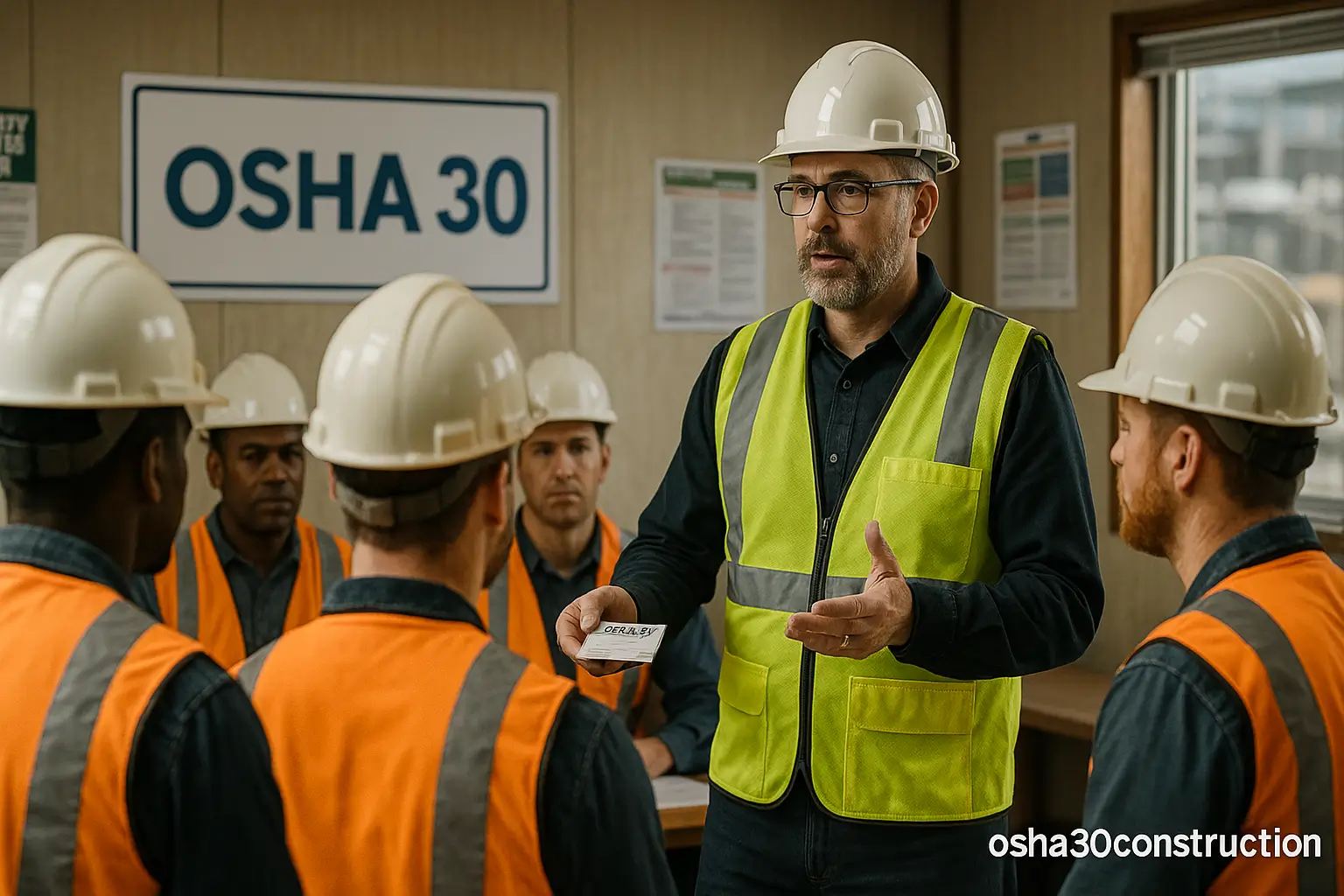If you’re planning to take an OSHA 30-hour course but aren’t sure which one fits your role, you’re not alone. Many workers and employers have questions about the difference between the OSHA 30-Hour Construction and OSHA 30-Hour General Industry programs. Both provide valuable safety training, but they serve different types of workplaces.
In this guide, we’ll explain the key differences, who should take each course, and how to make the right choice based on your job. By the end, you’ll know exactly which OSHA course suits your work environment.
What is OSHA 30-Hour Training?
The OSHA 30-hour training program is designed to teach workers how to identify workplace hazards, understand basic safety standards, and follow OSHA guidelines. While not legally required for every worker, many employers make it mandatory for safety adherence.
Each version addresses safety for a specific type of work environment.
1. OSHA 30-Hour Construction
This course is built for those working in construction, renovation, or demolition. It’s ideal for:
- Construction workers
- Site supervisors
- Foremen
- Safety officers
- Contractors
- Project managers
Topics Covered
- Fall protection
- Scaffolding safety
- Electrical hazards
- Confined spaces in construction
- Personal protective equipment (PPE)
- Material handling and storage
- Hazard communication
- Stairways and ladders
If your role involves working at a job site or managing teams on construction projects, OSHA 30 Construction Training is the best fit.
2. OSHA 30-Hour General Industry
This course is for those working in environments other than construction. Suitable for:
- Factory workers
- Warehouse employees
- Supervisors in general industries
- Safety managers
- Hotel and restaurant workers
- Healthcare employees
Topics Covered
- Hazard communication
- Machine Guarding
- Electrical safety
- Fire prevention and protection
- Ergonomics
- Personal protective equipment (PPE)
- Walking and working surfaces
- Workplace violence prevention
For roles in industrial or service environments, OSHA 30 General Industry training is recommended.
Key Differences Between the Two Courses
| Feature | OSHA 30-Hour Construction | OSHA 30-Hour General Industry |
| Industry Focus | Construction, building, roadwork | Factories, warehouses, retail, healthcare |
| Main Hazards Covered | Falls, scaffolding, electrical, confined spaces | Machine guarding, ergonomics, fire hazards |
| Best For | Construction workers, site managers, and supervisors | Warehouse workers, factory employees, safety officers |
How to Choose the Right Course
1. Identify Your Industry
Know Your Industry – Construction = Construction Course. Non-construction (like warehouses, factories) = General Industry Course.
2. Employer Requirements
Confirm if your employer prefers or requires a specific OSHA course.
3. Think About Your Career Goals
Planning a long-term career in construction? Go with the Construction course. Want to stay in healthcare or warehousing? Choose General Industry.
4. State & Local Rules
Some cities (like New York) require OSHA 30 Construction for specific job roles. Always check local laws.
Where to Take OSHA 30-Hour Training
OSHA 30 courses are available in both online and classroom formats. Online OSHA training offers flexibility and is suitable for self-paced learners. In-person classes may offer hands-on learning.
Select a platform that provides OSHA-authorized courses such as:
- OSHA Outreach Courses
- OSHA Education Center
- ClickSafety
- 360Training
Conclusion
Choosing between OSHA 30-Hour Construction and General Industry depends on your job duties, career goals, and employer requirements. Both programs improve safety awareness and help reduce risks at work.
Still unsure? Contact us for more help.
Ready to start? Enroll in your OSHA 30 course today and move one step closer to a safer career.





